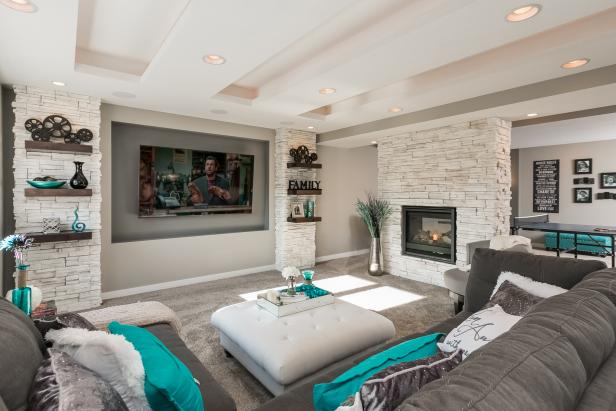Introduction
Embarking on the journey of transforming your basement into a vibrant, inviting space is an exciting venture. The first step to achieving this remarkable transformation is painting your basement walls. In this comprehensive guide, we will walk you through each step, providing invaluable insights to ensure your project is a resounding success.
Choosing the Right Paint
Selecting the right paint for your basement walls is crucial for a long-lasting finish. Opt for a high-quality waterproof paint specifically designed for basement environments. This not only adds a protective layer but also guards against moisture, a common issue in basements.
Surface Preparation
Cleaning and Repairing
Before diving into the painting process, ensure your walls are clean and free from any imperfections. Use a stiff brush to remove dust, cobwebs, and loose debris. For small cracks or holes, patch them up with a high-quality patching compound, ensuring a smooth surface for the paint.
Primer Application
The importance of a primer cannot be overstated. Applying a primer creates a solid foundation for the paint, enhancing its adhesion and durability. Choose a primer that is specifically formulated for basement walls and allows for better paint coverage.
Paint Application Techniques
Brushing and Rolling
When it comes to painting basement walls, a combination of brushing and rolling yields the best results. Begin by cutting in around the edges with a high-quality brush, ensuring precision in tight corners and along the floor. Subsequently, use a roller for the larger surface areas, applying an even coat for a seamless finish.
Multiple Coats for Perfection
Achieving a professional look requires applying multiple coats of paint. This not only ensures an even finish but also enhances the paint’s longevity. Allow each coat to dry thoroughly before applying the next, following the manufacturer’s recommended drying times.
Dealing with Moisture Issues
Basements are prone to moisture, which can affect the longevity of your paint job. To combat this, consider incorporating a waterproofing sealant into your painting process. This extra layer of protection acts as a barrier against moisture, preventing it from seeping through the walls and compromising the paint.
Adding Personal Touches
Colors and Finishes
Choosing the right color for your basement walls is a crucial decision in achieving the desired ambiance. Lighter shades can make the space feel larger and brighter, while darker tones create a cozy, intimate atmosphere. Experiment with different finishes, such as matte or satin, to find the perfect combination for your unique space.
Stencils and Murals
For those looking to elevate their basement’s aesthetic, consider incorporating stencils or murals into your design. This adds a personalized touch, turning your basement into a true reflection of your style and creativity.
Post-Painting Tips
Ventilation
Proper ventilation is key to expediting the drying process and minimizing the presence of paint fumes. Utilize fans and open windows to ensure adequate airflow, creating a healthier environment during and after the painting process.
Maintenance for Longevity
To preserve the beauty of your newly painted basement walls, practice regular maintenance. Address any signs of wear promptly, whether it’s a small touch-up or a fresh coat of paint. This proactive approach ensures your basement remains a stunning, well-maintained space for years to come.
Conclusion
Transforming your basement through the art of painting is a rewarding endeavor. By following this step-by-step guide, you not only achieve a visually appealing space but also contribute to the longevity of your basement walls. Elevate your home with a beautifully painted basement that reflects your style and enhances your living space.


